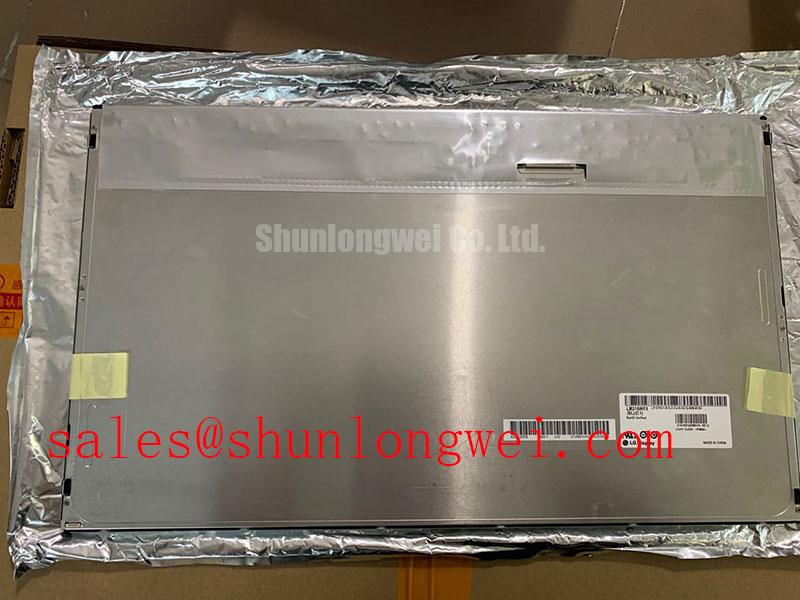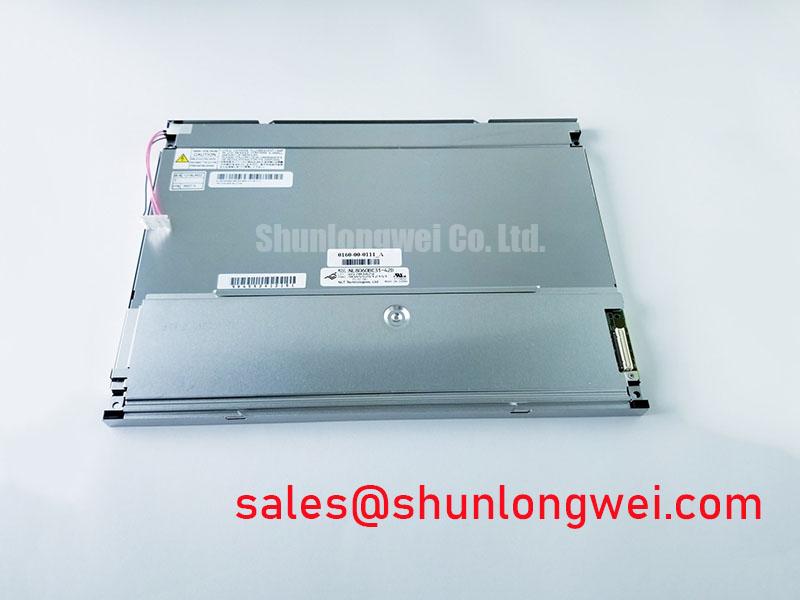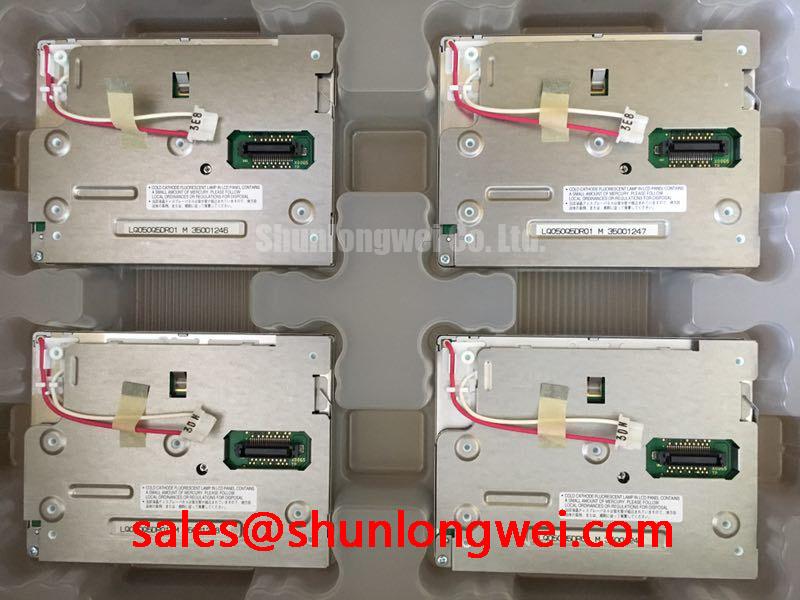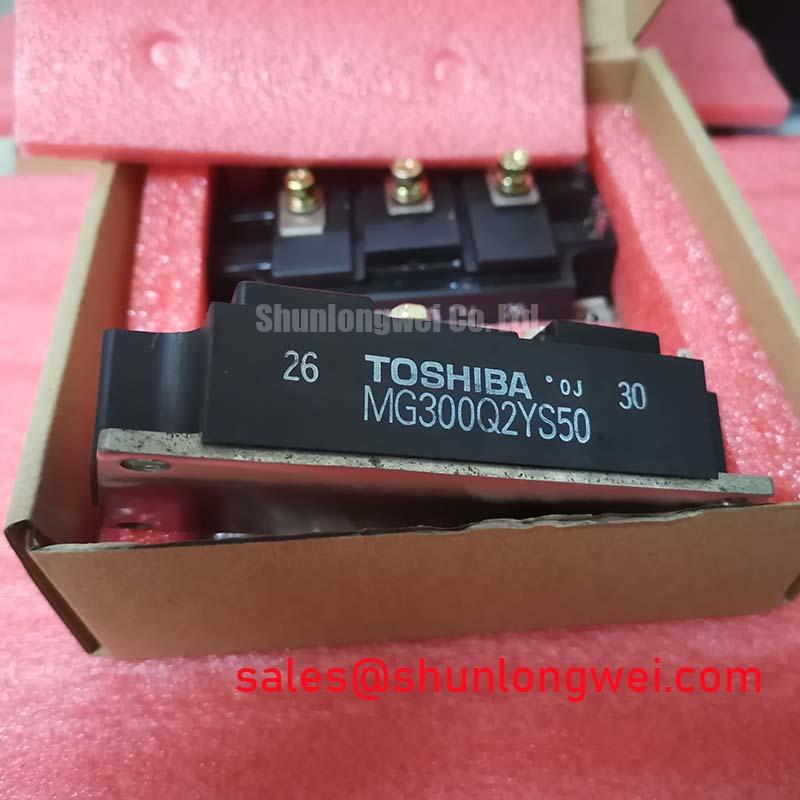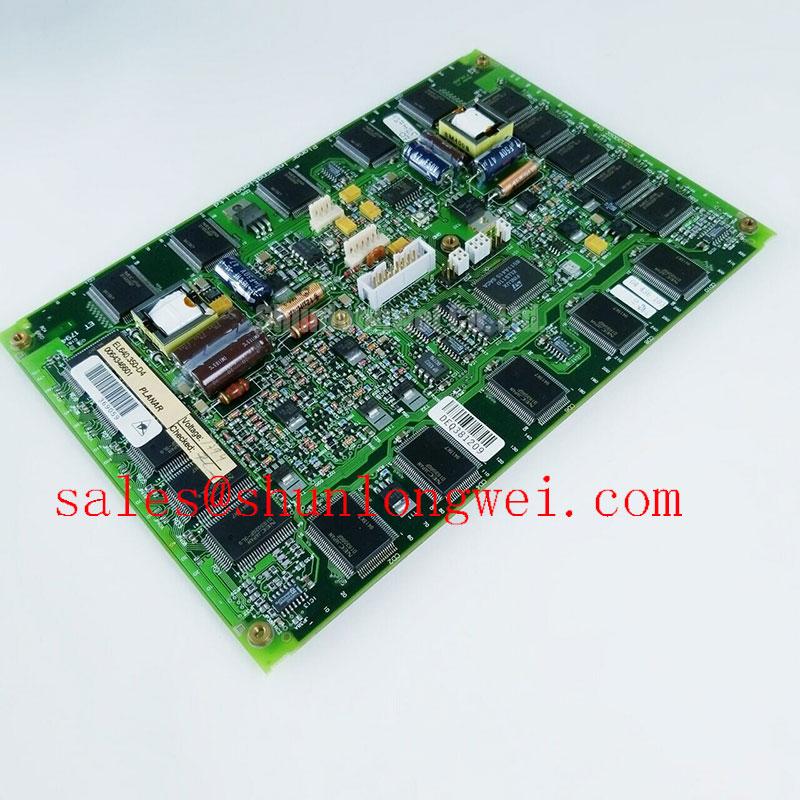LM215WF3-SLN1: Engineering Reference for the 21.5-inch Full HD IPS Display Module
Content last revised on October 2, 2025.
Key Parameter Overview
Decoding the Specs for System Integration
The LG Display LM215WF3-SLN1 is an a-Si TFT-LCD panel engineered for applications demanding consistent and high-quality visuals. Its specifications are optimized for straightforward integration into a variety of system designs, particularly those where visual performance and reliability are key decision drivers. The panel's native Full HD resolution and standard LVDS interface provide a common platform for designers, minimizing the need for complex signal conversion or specialized driver boards.
At its core, the LM215WF3-SLN1 leverages In-Plane Switching (IPS) technology to deliver superior color fidelity and expansive viewing angles. What does the 89/89/89/89 typical viewing angle mean for an engineer? It signifies that color and contrast remain remarkably stable even when the screen is viewed from extreme off-axis positions, a critical requirement for collaborative workstations or public-facing interactive kiosks. This predictable visual performance simplifies enclosure design, as engineers have fewer constraints related to optimal user viewing position.
| Feature Category | Specification | Engineering Implication |
|---|---|---|
| Display Technology | 21.5-inch a-Si TFT-LCD, IPS, Normally Black | Provides wide viewing angles and consistent color reproduction, critical for multi-user or off-axis viewing scenarios. |
| Optical Performance | 1920x1080 (FHD) | 250 cd/m² | 1000:1 Contrast Ratio | Delivers sharp, clear images suitable for detailed GUIs and multimedia content in typical indoor ambient lighting. |
| Viewing Angle (L/R/U/D) | 89/89/89/89 (Typ.) (CR>10) | Ensures minimal color shift, allowing for flexible mounting orientations (landscape) and use in collaborative environments. |
| Color & Interface | 16.7M Colors (6-bit + Hi-FRC) | LVDS (2 ch, 8-bit) | Standard interface simplifies integration with a wide range of motherboards and single-board computers. |
| Backlight System | WLED, Edge Light Type, 30k Hours (Min.) | Offers long operational life, contributing to a lower total cost of ownership for the end system. |
| Physical & Environmental | 497.6 × 292.2 × 11.0 mm | 0 ~ 50 °C Operating Temp. | Standard form factor for 21.5" displays; suitable for controlled commercial and industrial environments. |
Download the LM215WF3-SLN1 datasheet for detailed specifications and performance curves.
Application Scenarios & Value
System-Level Benefits in Commercial and Light Industrial Systems
With its Full HD resolution and robust IPS technology, the LM215WF3-SLN1 is best suited for systems where visual clarity and off-angle readability are paramount. What is the primary benefit of its IPS technology? Consistent and accurate color reproduction across wide viewing angles. This makes the panel an excellent foundation for All-in-One (AIO) PCs, medical human-machine interfaces (HMIs), and digital signage applications where multiple users may view the screen simultaneously.
Consider the design of an interactive information kiosk for a public lobby. The engineering challenge is to ensure that every user, regardless of their height or viewing angle, experiences the same vibrant and legible user interface. The LM215WF3-SLN1 directly addresses this challenge. Its 178°/178° viewing cone ensures that UI elements, text, and images do not wash out or shift in color when viewed from the side. The panel's anti-glare surface treatment further enhances usability by mitigating reflections from overhead lighting, a common issue in commercial spaces. For systems that may require a slightly different configuration, the related LM215WF3-SLA1 offers a comparable performance profile for evaluation.
Frequently Asked Questions (FAQ)
What is the significance of the "Normally Black" display mode in the LM215WF3-SLN1?
The "Normally Black" mode, characteristic of IPS panels, means that pixels appear black in their default, unpowered state. This results in deeper, more authentic black levels compared to "Normally White" technologies like TN. For an engineer, this translates to a higher perceived contrast ratio, which is particularly beneficial for displaying dark-themed GUIs or content with high dynamic range.
How does the 2-channel, 8-bit LVDS interface impact system design?
The dual-channel LVDS (Low-Voltage Differential Signaling) interface is a standard for transmitting Full HD (1920x1080) resolution data. Its 8-bit depth per color channel, often achieved with 6-bit + Hi-FRC (High Frame Rate Control), allows for the display of 16.7 million colors. For designers, this means the panel is compatible with a vast ecosystem of off-the-shelf controller boards and embedded systems from manufacturers like AUO, reducing development time and integration complexity.
What considerations are necessary for the WLED backlight driver?
The datasheet specifies that the panel includes the WLED backlight but not the driver. This gives engineers the flexibility to select a driver that matches their system's power budget and dimming requirements (e.g., PWM). The key is to provide a constant current source as specified, ensuring the backlight achieves its rated 30,000-hour minimum lifespan and stable brightness, which is crucial for long-term product reliability.
A Strategic Perspective for System Designers
The LM215WF3-SLN1 represents a strategic choice for projects where visual consistency and ease of integration are primary objectives. By specifying a panel with a standard LVDS interface and proven IPS technology, engineering teams can de-risk their display subsystem development. This allows resources to be focused on core application software and system-level features, rather than on managing the complexities of a non-standard display interface. The result is a faster time-to-market and a more reliable end product built upon a visually superior foundation.

